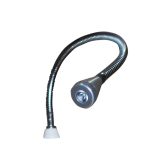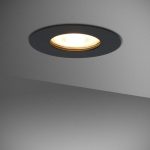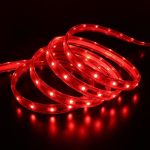LED Light Bulbs 101: Understanding the Basics and Benefits
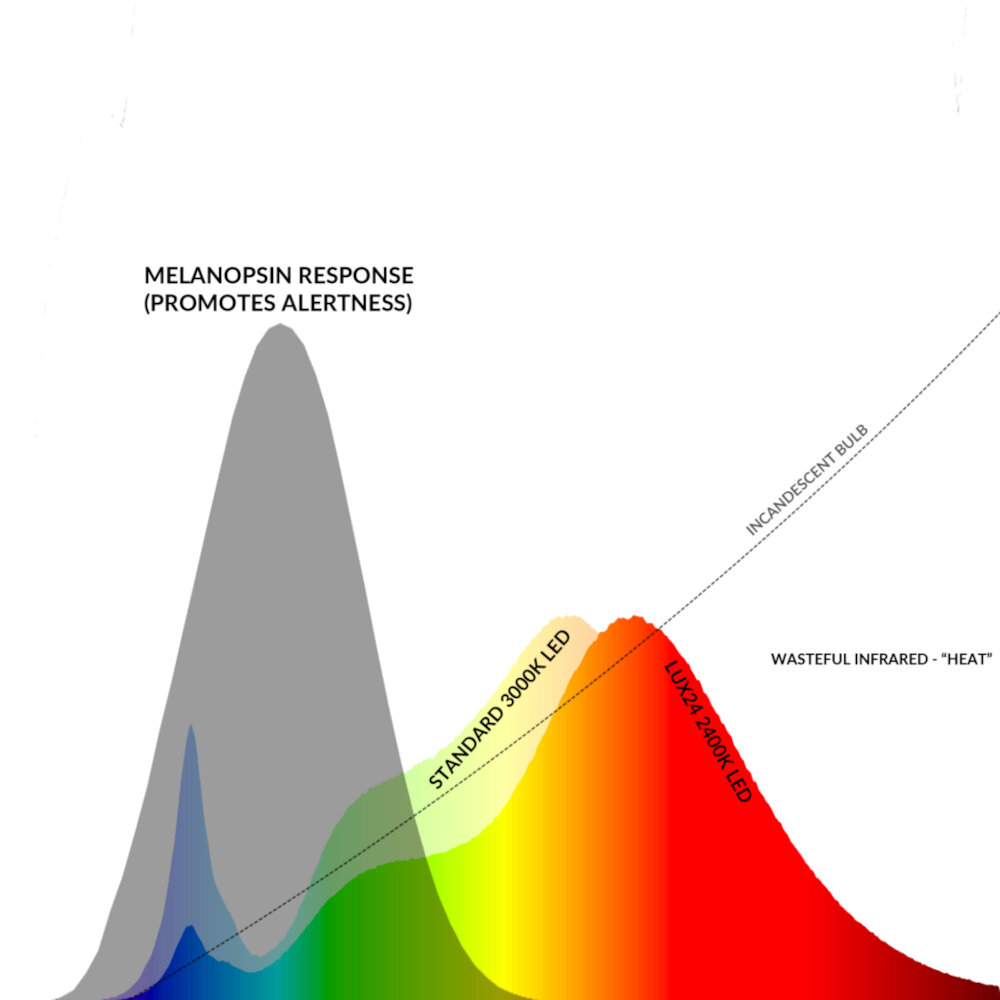
Light Emitting Diode (LED) bulbs are a modern and energy-saving alternative to traditional incandescent bulbs. These light bulbs are designed to emit light when an electric current passes through a semiconductor material within the bulb. Since their introduction to the market, LED light bulbs have gained immense popularity due to their numerous benefits. They come in a variety of colors, shapes, and sizes, making them versatile for use in different lighting applications. Understanding the basics and benefits of LED light bulbs is crucial in making an informed decision on the type of lighting to use in your home or office. LED light bulbs are more energy-efficient, longer-lasting, and eco-friendly compared to traditional incandescent bulbs. They produce less heat, and their brightness can be adjusted to suit different lighting needs. Additionally, LED light bulbs do not contain toxic materials such as mercury, which is found in fluorescent bulbs, making them safer for the environment and human health. In this article, we provide a comprehensive guide on the basics and benefits of LED light bulbs, to help you make an informed decision when choosing your lighting options.
LED light bulbs, also known as Light Emitting Diodes, are a type of energy-efficient lighting technology that have revolutionized the way we light up our homes and businesses. Unlike traditional incandescent bulbs that produce light by heating a filament, LED bulbs use semiconductors to convert electrical energy into light. This process is much more efficient, meaning that LED bulbs use significantly less energy and last much longer than traditional bulbs. Additionally, LED bulbs are available in a wide variety of colors, shapes, and sizes, making them incredibly versatile for any lighting need. Overall, LED bulbs are a smart, eco-friendly choice for anyone looking to save money on their energy bills while still enjoying bright, high-quality lighting.
LED technology has come a long way since its inception in the early 1960s. Initially, it was used as a low-intensity indicator light, but advancements in materials and manufacturing techniques have made it possible to create high-intensity LED bulbs that are both energy-efficient and long-lasting. In the 1990s, LED technology began to be used in traffic lights, car headlights, and electronic displays. Over the past decade, LED light bulbs have become increasingly popular for home and commercial lighting due to their energy efficiency, long lifespan, and low heat emission. Today, LED technology continues to evolve, with researchers working on improving color accuracy, dimming capabilities, and overall efficiency.
How LED Light Bulbs Work
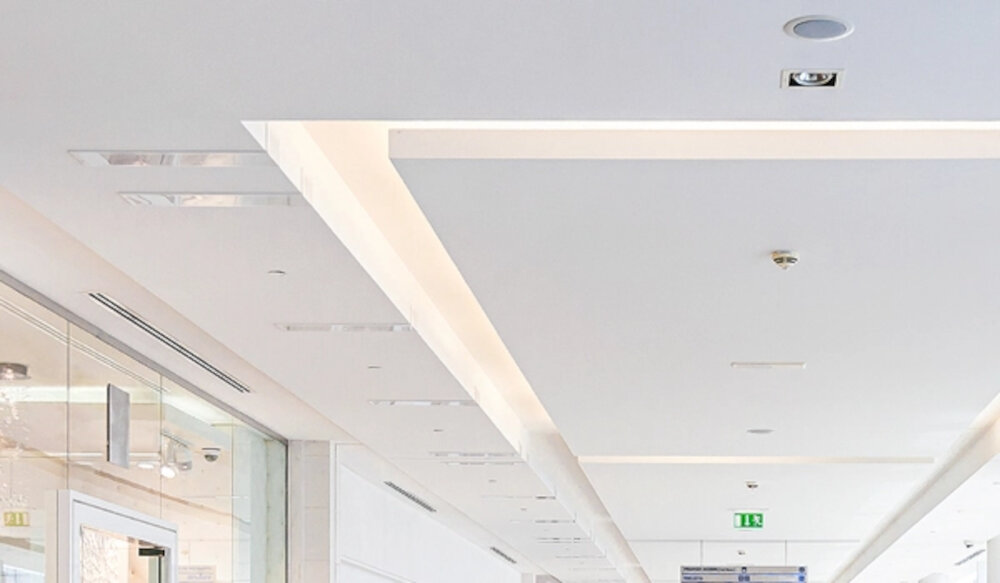
LED light bulbs are rapidly gaining popularity due to their energy efficiency and longevity. But how do they actually work? Unlike traditional incandescent bulbs that use a filament to produce light, LED bulbs rely on a completely different technology. LED stands for \light emitting diode,\ which is a semiconductor that emits light when an electric current is passed through it. The diode is made up of two types of semiconductor material, one that has an excess of electrons (n-type) and one that has a deficiency of electrons (p-type). When a voltage is applied to the diode, electrons and holes (places where electrons are missing) combine in the p-n junction, releasing energy in the form of light. The color of the light produced depends on the materials used to make the diode. LED bulbs also contain additional components to regulate the flow of electricity and protect the diode. A driver converts the AC current from your home’s electrical system to the DC current needed by the LED, and a heat sink helps dissipate the heat generated by the diode. Compared to incandescent bulbs, LED bulbs use significantly less energy to produce the same amount of light, which translates into lower electricity bills and reduced greenhouse gas emissions. Additionally, LED bulbs last much longer than incandescent bulbs, with some models rated to last up to 25,000 hours or more. With their energy efficiency, longevity, and versatility in color and design, LED bulbs are a smart choice for anyone looking to upgrade their lighting.
LED technology is based on the principle of electroluminescence, which is the process of converting electrical energy into light. An LED (Light Emitting Diode) is a semiconductor device that emits light when a current passes through it. The LED is made up of a semiconductor material, such as gallium arsenide, which has been doped with impurities to create a p-n junction. When a voltage is applied to the p-n junction, electrons and holes are injected into the material, and when they recombine, energy is released in the form of light. LEDs are highly efficient, durable, and long-lasting, making them an ideal choice for lighting applications. They are also eco-friendly, as they consume less energy and emit less heat than traditional incandescent bulbs. LED technology has revolutionized the lighting industry, providing a more sustainable and cost-effective solution for lighting our homes and businesses.
When compared to traditional incandescent bulbs, LED light bulbs offer numerous benefits. Firstly, they are much more energy-efficient, using up to 75% less energy than incandescent bulbs, which can result in significant savings on electricity bills. Additionally, LED bulbs have a much longer lifespan, lasting up to 25 times longer than traditional bulbs, which means less frequent replacements and reduced waste. LED bulbs also emit less heat, making them safer to use and reducing the need for cooling systems. Overall, LED bulbs offer a superior lighting solution that is not only more environmentally friendly, but also more cost-effective and convenient.
Benefits of LED Light Bulbs
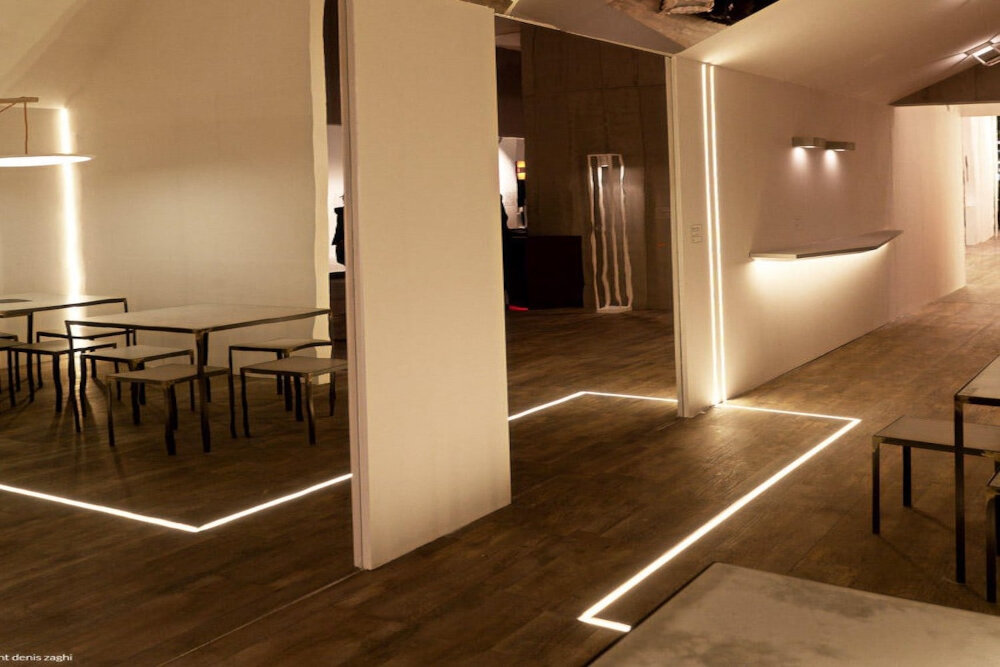
LED light bulbs have become increasingly popular in recent years, and for good reason. One of the most significant benefits of LED bulbs is their energy efficiency. LED bulbs use significantly less energy than traditional incandescent bulbs, which means that they can save you money on your electricity bills. In addition to being more energy-efficient, LED bulbs also last longer than traditional bulbs, which means that you won’t have to replace them as often. This can be especially beneficial in hard-to-reach areas, where replacing a bulb can be a challenging and time-consuming task. Another benefit of LED bulbs is their durability. LED bulbs are made from durable materials and are designed to last for many years. They are also less likely to break than traditional bulbs, which can be a safety hazard. LED bulbs are also highly customizable, with a range of colors and brightness levels available. This means that you can tailor your lighting to your specific needs and preferences, whether you’re looking for warm, soft lighting for your bedroom or bright, white light for your workspace. Overall, LED bulbs are an excellent choice for anyone looking to save money, reduce their energy consumption, and enjoy long-lasting, customizable lighting.
Energy efficiency is a crucial factor in today’s world, and LED light bulbs have emerged as a solution to this problem. LED bulbs consume significantly less energy than traditional incandescent bulbs, leading to a substantial reduction in energy costs. Moreover, LED bulbs last much longer than their traditional counterparts, and their durability results in fewer replacements, further reducing the overall cost. The reduced energy consumption and longer lifespan of LED bulbs also have a positive environmental impact, making them an ideal option for those looking for eco-friendly solutions. With LED bulbs, you can enjoy bright and efficient lighting while saving money on your energy bills.
When it comes to LED light bulbs, longevity and durability are two key factors that set them apart from other lighting options. LED bulbs have an impressive lifespan that can last up to 25,000 hours or more, which means less frequent bulb replacements and cost savings in the long run. Additionally, LED bulbs are known for their durability and resistance to shock, vibration, and extreme temperature changes, making them ideal for use in a variety of settings, including outdoor and industrial environments. These benefits not only make LED bulbs a practical choice but also an eco-friendly one, as they reduce waste and contribute to a more sustainable future.
LED light bulbs are a popular choice for homeowners and businesses looking to reduce their environmental impact. Unlike traditional incandescent bulbs, LED bulbs are energy-efficient and long-lasting, which means they use less electricity and need to be replaced less often. This translates to a reduction in greenhouse gas emissions and less waste in landfills. Additionally, LED bulbs do not contain toxic materials such as mercury, which can harm the environment and human health. By switching to LED light bulbs, individuals and organizations can make a small but important contribution to protecting the planet for future generations.
Types of LED Light Bulbs
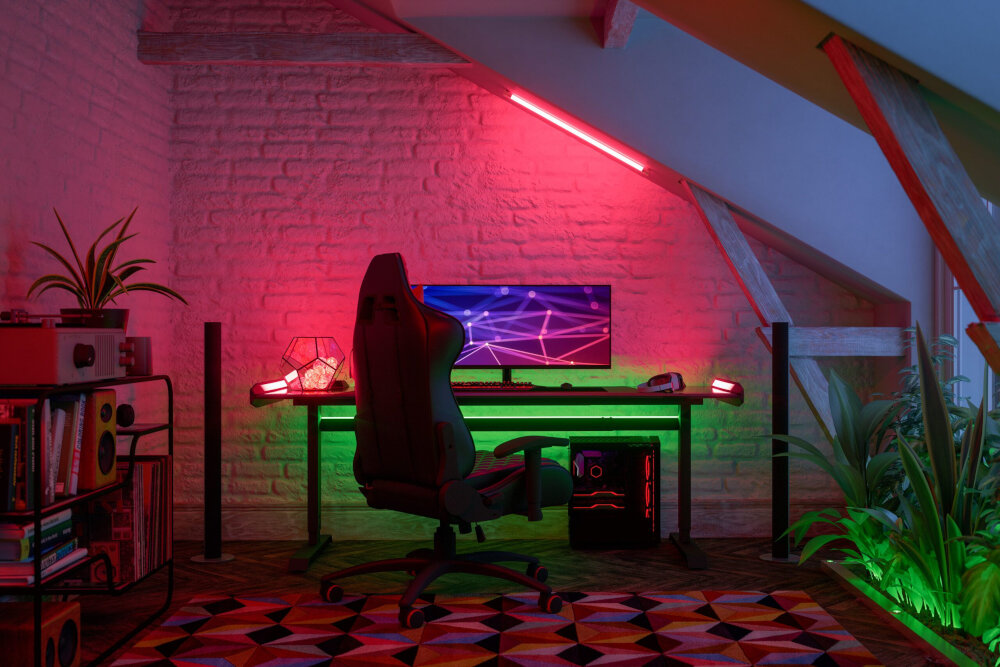
LED light bulbs have revolutionized the lighting industry due to their numerous benefits over traditional incandescent bulbs. One of the most significant advantages of LED bulbs is their energy efficiency, which translates to lower electricity bills and reduced carbon footprint. LED bulbs are also durable and long-lasting, with a lifespan of up to 25,000 hours, compared to incandescent bulbs that last only about 1,200 hours. Another notable benefit of LED bulbs is their versatility, as they come in a wide range of types, shapes, and sizes to suit various lighting needs. There are several types of LED light bulbs available, each with its unique features and benefits. The most common type is the A-series bulb, which is the direct replacement for traditional incandescent bulbs. A-series bulbs come in various wattage options, from 40 to 100 watts, and are suitable for general lighting purposes. Another type is the PAR bulb, which is ideal for directional lighting, such as spotlights and floodlights. PAR bulbs have a narrow beam angle and can be used both indoors and outdoors. Other types of LED bulbs include MR bulbs, which are commonly used for track lighting and accent lighting, and candelabra bulbs, which are ideal for chandeliers and decorative lighting fixtures.
LED bulbs have revolutionized the lighting industry with their energy efficiency and long lifespan. There are various types of LED bulbs available in the market, each designed to meet different lighting needs. Dimmable LED bulbs can be adjusted to emit a range of brightness levels and are ideal for creating ambiance in a room. Color-changing LED bulbs can be set to different colors and hues, making them perfect for parties and events. Smart LED bulbs can be controlled remotely through a smartphone app, allowing users to switch them on and off, adjust brightness levels, and even set timers or schedules. Additionally, LED bulbs come in different shapes and sizes to fit various fixtures, making them a versatile and cost-effective lighting option for both residential and commercial settings.
When it comes to energy-efficient lighting options, LED bulbs are often compared to other types such as CFLs. While both options offer significant energy savings when compared to traditional incandescent bulbs, LED bulbs have several advantages over CFLs. For starters, LED bulbs last longer than CFLs, with an average lifespan of 25,000 hours compared to CFLs which have an average lifespan of 10,000 hours. LED bulbs also don’t contain any harmful chemicals, such as mercury, which is found in CFLs. Additionally, LED bulbs turn on instantly and don’t need time to warm up, unlike CFLs. Overall, LED bulbs are a more efficient and eco-friendly option for those looking to save on energy costs and reduce their environmental impact.
Choosing the Right LED Light Bulbs
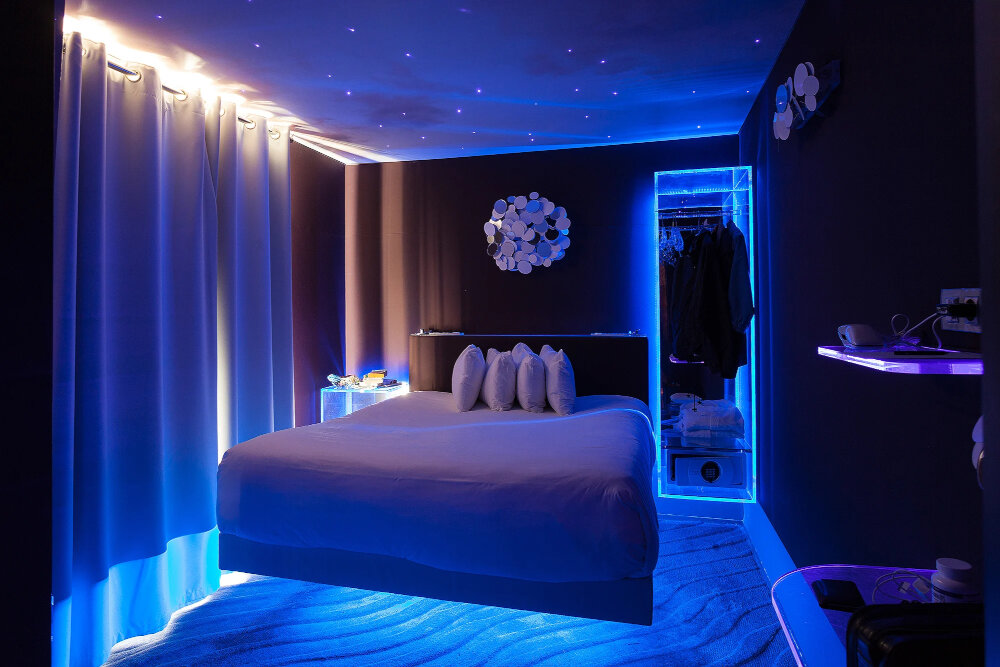
When it comes to choosing the right LED light bulbs, there are a few key factors to consider. The first is the brightness, which is measured in lumens. In general, you’ll want to choose a bulb with a higher lumen rating if you need brighter light in a particular area. You should also consider the color temperature of the bulb, which is measured in Kelvin. Lower Kelvin ratings produce warmer, more yellow light, while higher Kelvin ratings produce cooler, bluer light. Consider the purpose of the room when choosing the color temperature of your bulbs. For example, you may want warmer light in a bedroom or living room, while cooler light may be more suitable for a kitchen or office. Another factor to consider is the bulb’s lifespan. LED bulbs typically last much longer than traditional incandescent bulbs, so you’ll want to choose a bulb with a high estimated lifespan. Additionally, you should consider the bulb’s energy efficiency. LED bulbs are much more energy-efficient than incandescent bulbs, so choosing a bulb with a high energy efficiency rating can help you save money on your energy bills over time. Finally, consider the bulb’s compatibility with your existing fixtures and dimmer switches. Not all LED bulbs are compatible with all fixtures and dimmer switches, so be sure to choose bulbs that are specifically designed for use with your existing setup.
When purchasing LED bulbs, there are several factors to consider to ensure you get the right product for your needs. One of the most important factors is lumens, which measures the brightness of the bulb. The higher the lumens, the brighter the bulb will be. Another crucial consideration is color temperature, which is measured in Kelvins and determines the color of the light emitted by the bulb. Choosing the right color temperature can greatly impact the ambiance of your space. Additionally, it is important to consider the wattage equivalent of the LED bulb to ensure it can replace your old incandescent bulb. Finally, consider the lifespan and energy efficiency of the bulb to determine if it is a cost-effective and environmentally-friendly choice. By taking these factors into account, you can make an informed decision and select an LED bulb that meets your needs and preferences.
When it comes to buying LED light bulbs, finding the best deals and quality products can be a bit tricky. One tip is to do your research and compare prices and reviews from different retailers before making a purchase. It’s also important to look for energy-efficient bulbs that are labeled with the ENERGY STAR logo or similar certifications. Additionally, consider the lumens and color temperature of the bulb to ensure it fits your needs and preferences. Don’t forget to also check for any warranties or return policies in case the bulb doesn’t meet your expectations. By taking these steps, you can find high-quality LED light bulbs at a reasonable price that will provide long-lasting, energy-efficient lighting for your home or business.
In summary, LED light bulbs are an energy-efficient and cost-effective lighting option that have numerous benefits over traditional incandescent bulbs. They use less energy, last longer, and produce less heat, making them safer and more environmentally friendly. LED bulbs come in a variety of colors and designs, and can easily replace existing bulbs in most fixtures. While they may have a higher upfront cost, their long lifespan and energy savings make them a smart investment in the long run. LED technology continues to evolve, with new features such as smart controls and color-changing capabilities, making them an exciting and versatile lighting choice for any home or business.
In conclusion, the significance of LED technology in modern lighting cannot be overstated. LED light bulbs are more energy-efficient, longer-lasting, and environmentally friendly than traditional incandescent bulbs. They also offer a wider range of color options and dimming capabilities, making them highly versatile for various lighting needs. The initial cost of LED bulbs may be higher, but the long-term cost savings and benefits far outweigh the investment. As LED technology continues to advance, we can expect even more innovative and cost-effective lighting solutions in the future.
Conclusion

In conclusion, LED light bulbs are a revolutionary technology that offers numerous benefits over traditional incandescent and fluorescent bulbs. Understanding the basics of LED technology is crucial to making informed decisions when choosing lighting options for your home or business. By choosing LED bulbs, you can enjoy lower energy bills, longer-lasting bulbs, and a more sustainable and eco-friendly lighting solution. LED bulbs are also highly versatile and can be used in a variety of settings, from homes and offices to outdoor spaces and public areas. With their wide range of benefits and applications, LED bulbs are a smart choice for anyone looking to upgrade their lighting and reduce their environmental impact.

